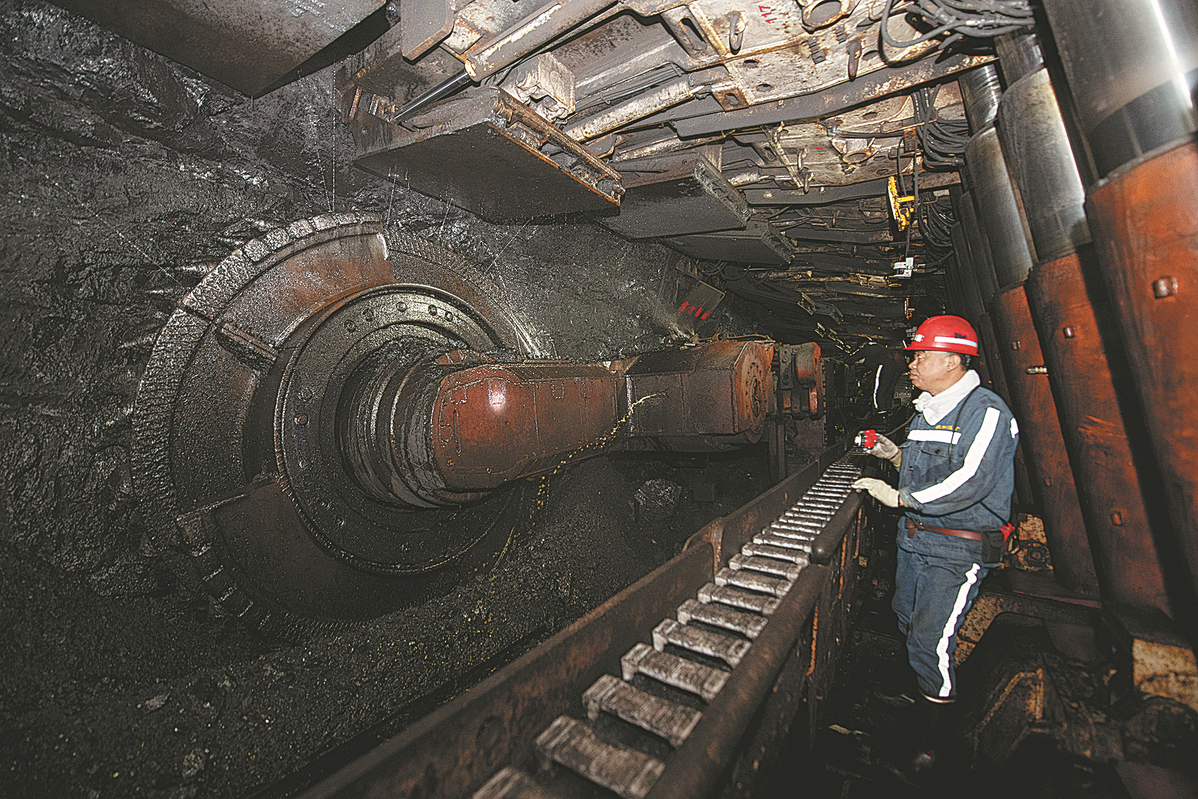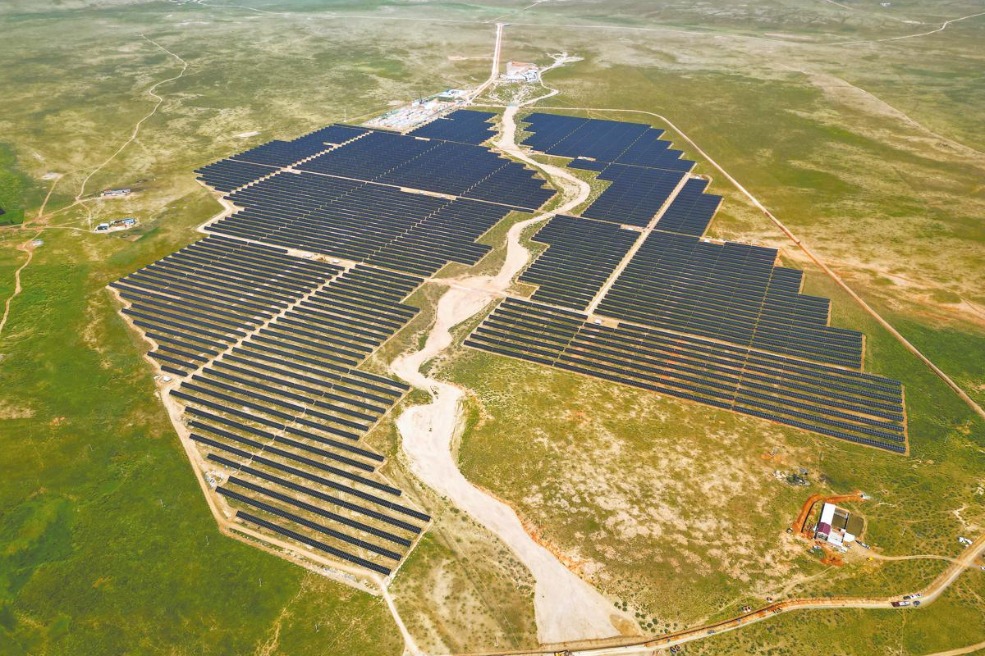Study lists challenges for China's carbon goals


A special policy study of a high-level international think tank has highlighted the challenges posed by the coal-dominated energy structure to China's low-carbon transition, saying hasty decommissioning of coal-fired power will jeopardize energy security and social justice, as well as result in possible financial risks.
Titled Policy Measures and Implementation Pathways for the Carbon Emission Peak and Carbon Neutrality Goals, the study was unveiled on Wednesday on the sidelines of the annual general meeting of the China Council for International Cooperation on Environment and Development, an event that also marked the council's 30th anniversary.
Coal constitutes 94 percent of the fossil fuel reserves in China. Roughly 70 percent of the oil supply in China is imported, according to official figures, and the country also depends on imports for 40 percent of its natural gas.
The rapid economic development requires energy security. In the short- and medium-term, China's medium- to high-speed economic development will bring about continuously rising energy demand, the study said.
The demand still needs to be partly met by coal despite the demand contradicting the country's goal of coal phasing-out and carbon reduction. "The energy security in the transition process is facing a severe test," it stressed.
The study lists a series of challenges the country faces, as it endeavors to phase out coal to realize the targets of peaking carbon dioxide emissions before 2030 and realizing carbon neutrality before 2060.
China's coal-fired power units are generally new. In 2020, they had on average only served for 11 years, and 75 percent of them had been in operation for less than 15 years, only half of their design service life, it said.
It said the decommissioning should be carried out in a gradual manner, considering that early decommissioning of the units will leave multi-trillion-yuan assets stranded.
The high correlation of coal with other industrial sectors just makes it even more challenging for China to phase out coal, it said. The power generation and steel industries, for instance, consumed 2.19 billion and 730 million metric tons of coal in 2020, respectively.
The study also warned of social justice issues that may emerge in the process of coal reduction.
During the 13th Five-Year Plan period (2016-20), China phased out outdated coal production capacity by 1 billion tons, it noted. Roughly 1 million workers in the industry were laid off and reemployed in the process.
Lacking skills and competiveness, workers in the coal industry are usually not picked by enterprises in other sectors. It can be difficult to make them reemployed via vocational trainings, the study said.
- International students celebrate New Year in Shanxi gala
- China mulls Trademark Law amendment to build world-class business environment
- University students explore seal engraving art in Shanghai
- Chinese researchers uncover record-high evidence of ancient human activity on eastern Qinghai-Tibet Plateau
- China's draft law on childcare services submitted for first reading
- Winter solstice golden magic illuminates Beijing's 17-Arch Bridge





































